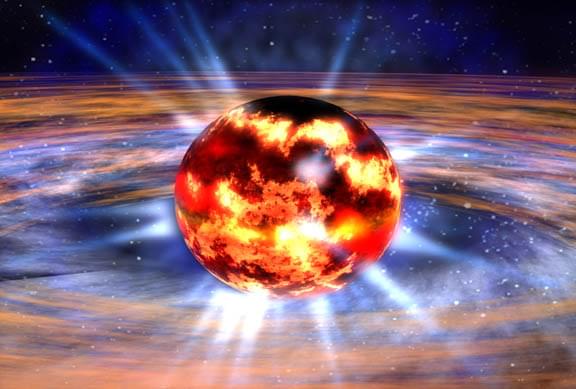
Category: space – Page 577

ExoMars Trace Gas Orbiter Spotted a Giant ‘Tree-Stump’ On The Red Planet’s Surface
A joint probe mission of ESA and Roscosmos captured a giant tree stump from the Martian surface. One of the probes on Mars recently captured a strange image on the planet’s surface.
Not rocket science: SpinLaunch hurls payloads into orbit
Besides offering an incredibly cool way to get stuff into space, promises to reduce the cost of a launch by 20-fold.
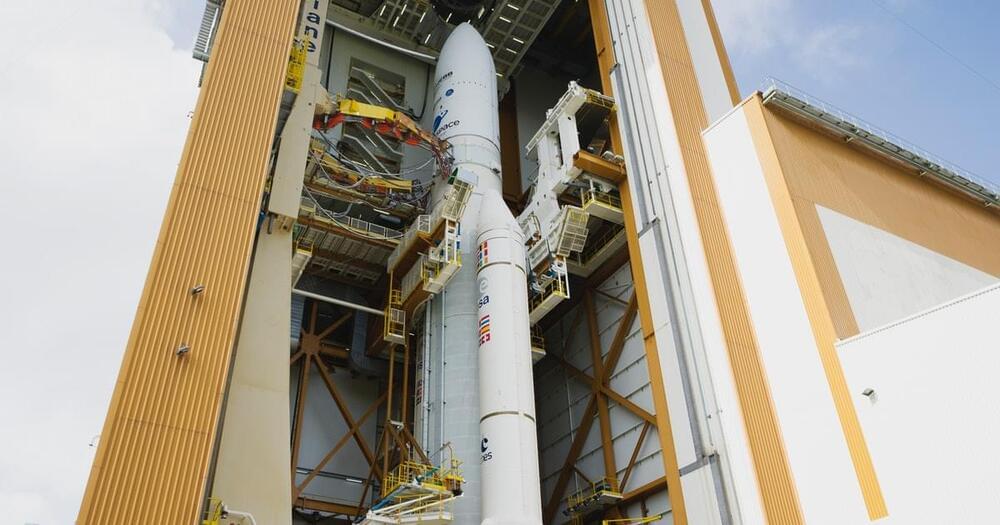
How Europe is assembling its next big rocket
The December 25 launch of the James Webb Space Telescope was a career-capping triumph for the ESA Ariane 5 rocket. The Ariane 6 cometh soon.
While the December 25 launching of the James Webb Space Telescope was a triumph for the ESA Ariane 5 launch vehicle, it will cap its career. The Ariane 6 cometh.


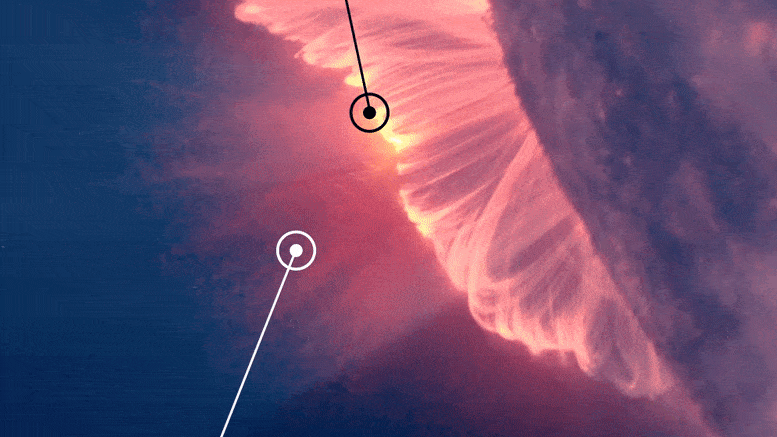
In 1999 Mysterious Finger-Like Features Were Spotted on the Sun — Now Scientists Have an Explanation
In January 1999, scientists observed mysterious motions within a solar flare.
Unlike typical flares that showed bright energy erupting outwards from the Sun, this solar flare also displayed a downward flow of motion, as if material was falling back towards the Sun. Described as “downward-moving dark voids,” astronomers wondered what exactly they were seeing.
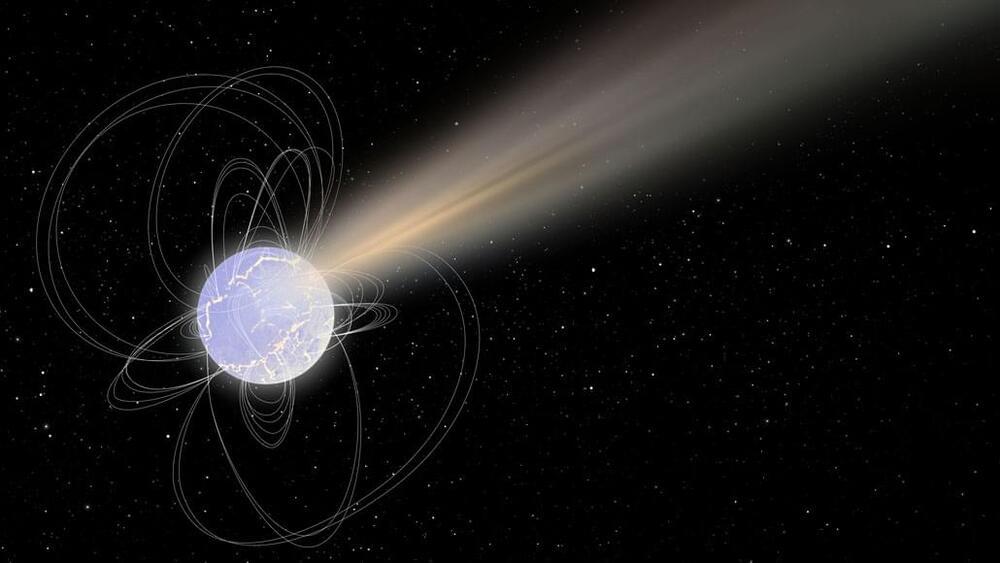
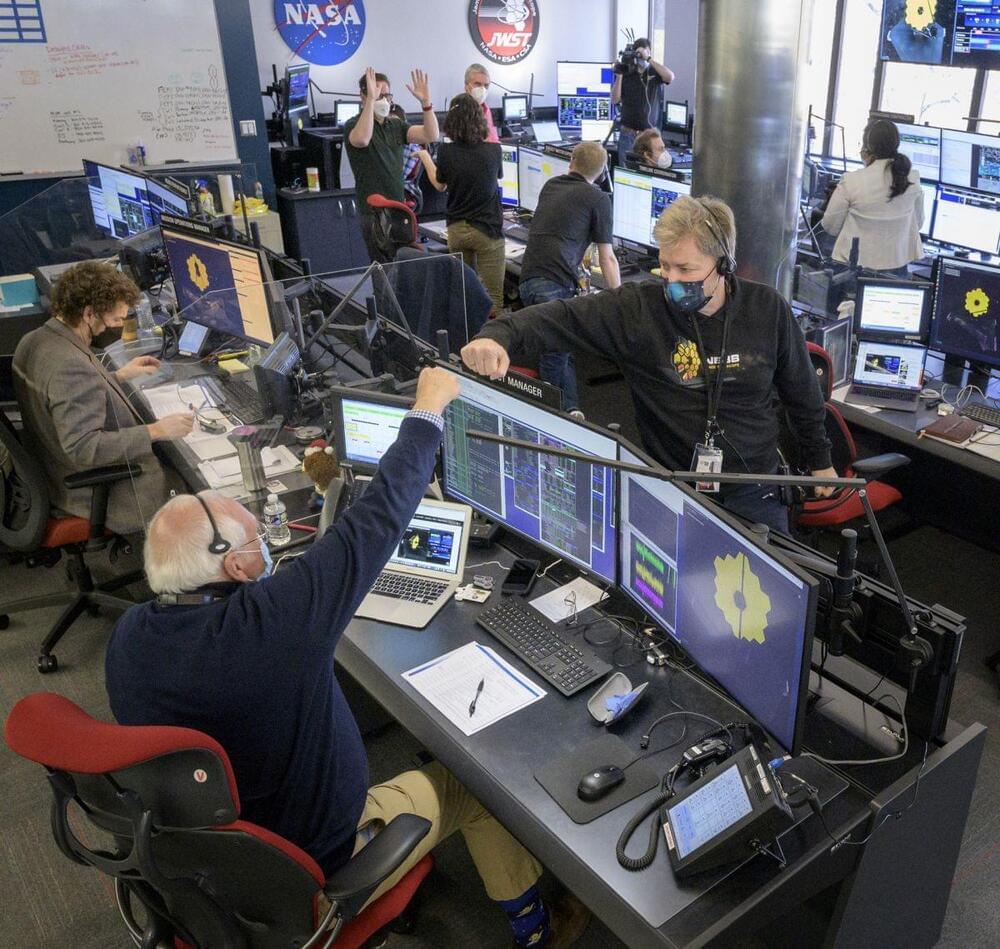
NASA’s James Webb Space Telescope has reached its final destination. Let’s celebrate the team that got it there (op-ed)
Dr. Thomas Zurbuchen is associate administrator for NASA’s Science Mission Directorate. He contributed this article to Space.com’s Expert Voices: Op-Ed & Insights.
There is a new speck of light in the sky right now, best observable from Earth around midnight. This blurry speck — dim as it may be, small as it may be — represents the grit and unity of thousands of people who worked together to place it in the heavens.
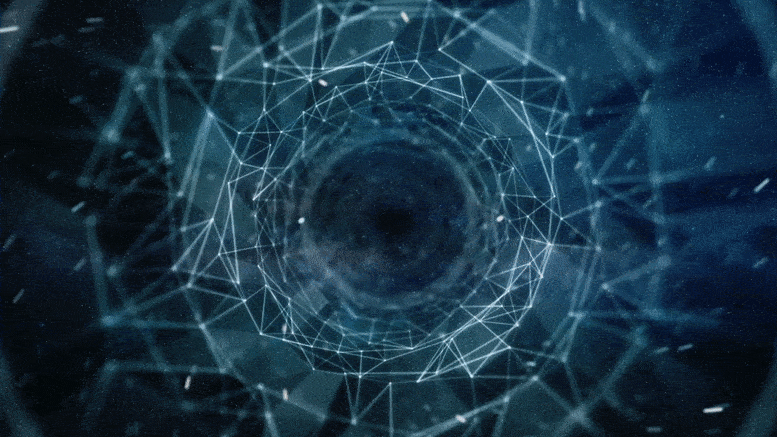
Scientists Create Synthetic Dimensions To Better Understand the Fundamental Laws of the Universe
Humans experience the world in three dimensions, but a collaboration in Japan has developed a way to create synthetic dimensions to better understand the fundamental laws of the Universe and possibly apply them to advanced technologies.
They published their results today (January 28, 2022) in Science Advances.
“The concept of dimensionality has become a central fixture in diverse fields of contemporary physics and technology in past years,” said paper author Toshihiko Baba, professor in the Department of Electrical and Computer Engineering, Yokohama National University. “While inquiries into lower-dimensional materials and structures have been fruitful, rapid advances in topology have uncovered a further abundance of potentially useful phenomena depending on the dimensionality of the system, even going beyond the three spatial dimensions available in the world around us.”